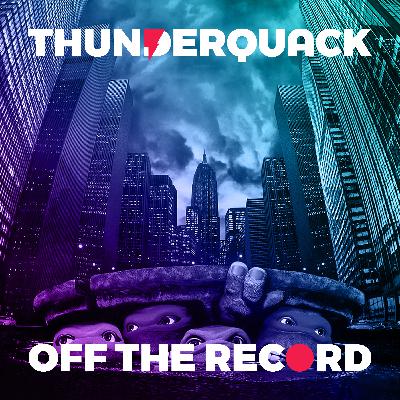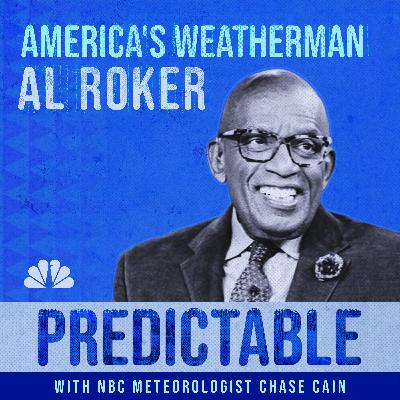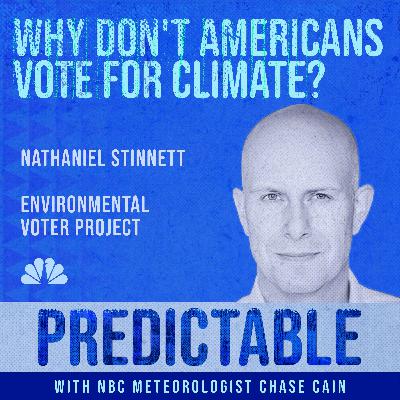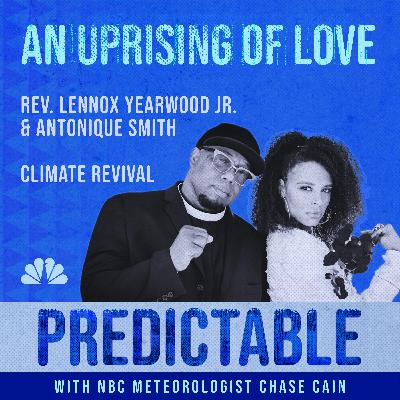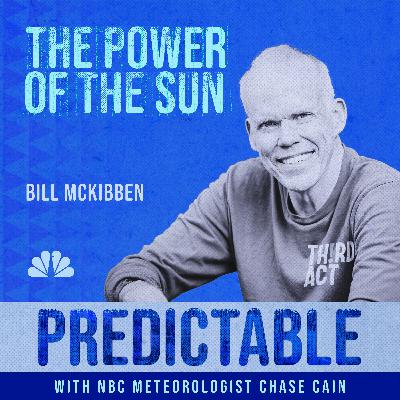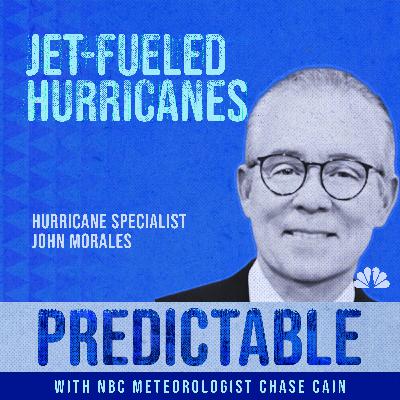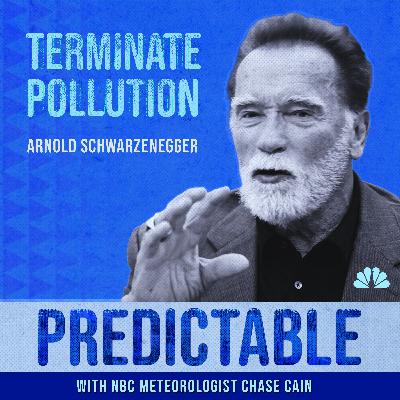Uninsurable: What happens when homeowners can’t afford insurance?
Description
Homeowners across the United States already face a difficult choice — try to sell their beloved home or face foreclosure. It's already becoming a reality from Florida and Louisiana to California. That financial pressure is being driven by the soaring cost of home insurance. Climate change is making disasters more common, and it's making hurricanes, wildfires, and floods more extreme. In turn, insurance companies are rushing to offset the cost of those disasters by increasing rates.
According to a new report from Realtor.com, in the metro areas of Miami, Fort Lauderdale, New Orleans, and Fort Myers insurance accounts for more than 20% of the monthly cost to own a home. That's more than many homeowners can afford. By the end of 2025, First Street projects that nearly 7% of all foreclosures across the U.S. will be linked to unaffordable home insurance. First Street's Chief Economist Jeremy Porter explains more about that concerning trend. He's among an increasing number of insurance experts, researchers, and politicians who say these are red flags that economic disaster is on the horizon.
Senator Sheldon Whitehouse (D-RI) has been one of the loudest and most consistent voices sounding the alarm and advocating for change. He led the Senate Budget Committee's research which culminated in an alarming report published in December 2024. It found soaring insurance costs or non-renewals across the U.S. — especially in southern New England, Florida, Louisiana, Texas, California, Oklahoma, and Hawaii. So nearly a year later, why hasn't Congress acted to address the growing financial risk from climate change? NBC meteorologist Chase Cain sat down with Sen. Whitehouse for a candid conversation about home insurance, climate change, and the influence of fossil fuel money in Washington.
If you missed the first episode of Predictable with Arnold Schwarzenegger, you can watch that conversation here.
Subscribe to future episodes of Predictable for free on Apple Podcasts, Spotify, and Amazon Music.
Hosted by Simplecast, an AdsWizz company. See pcm.adswizz.com for information about our collection and use of personal data for advertising.

